

Things were about to change, thanks to a man named Palmer Lucky, who is on the newest issue of TIME magazine. Palmer invented a consumer grade virtual reality headet called Oculus Rift. This is a virtual reality device that is meant the future of gaming, education, entertainment and training.
Amazing full room scale virtual reality multiplayer games such as The VOID VR based in Salt Lake City, Utah and Zero Latency, another launched mind-blowing full-scale VR gaming center had been developed, thanks to Oculus Rift!
In the shadow of Sony and Sega with their respective consoles, the PlayStation and Saturn, historical industry manufacturers like Nintendo and Atari were both presented to the public their first model of virtual reality helmet, a Virtual Boy side and the Atari RV another. They also were not the only ones. The Cybermaxx (Victormaxx), the VFX-1 (High) and the I-Glasses were also presented, and even led to several comparisons in the press. Popular media
Virtual reality helmets from 1990s had several shortcomings. Among their main limitations compared to today's VR headsets, their much lower resolution screen (180,000 pixels for top performers, against 1 million for Oculus Rift in 2015). Moreover, the motion sensors are not yet democratized, it is with a camera with infrared tracking technology that head movements were analyzed.
Finally, the technology was simply much more expensive: to maintain an accessible marketing price, Nintendo had to make the choice of a monochrome display with red and black display. Conversely, foreseen at the time 10,000 francs (the equivalent of about 2,000 euros, taking into account current inflation) for a colored helmet with a resolution of 180,000 pixels, the VFX-1 .
Despite these technical constraints, reports has shown some curiosity about this technology, just a curiosity, not an irrepressible fascination. At least not there yet.
" The virtual, it works , "headlined and CD consoles about Atari helmet, before describing a similar experience to today's products: " The principle is simple, once the helmet in place, it s' is to look up to see the missiles falling from the sky. The scenery moves according to the movements of the head and feel there is total. "
"It's beautiful, it moves well, and when you look up, the sky immediately seen , "confirms another trade magazine, Player One . Generation 4 holds him above the I-Glasses, which " allows the rendering Most impressive , "and guarantees with video games Carpet and Descent , like a theme park attraction, " we really takes eyeful ".
Overseen by Gunpei Yokoi - the father of the Nintendo's Game Boy - the design of the Virtual Boy in turn takes the form of a red helmet on with a controller, It comes with a controller that has the originality to fit both left and right-handed, being perfectly symmetrical. But its screen offers generic graphics in red and black monochrome display, which wasn't very charming..
These helmets from the 90's had failed miserably, particularly because of a prohibitive price; some have never been marketed as the Atari Jaguar VR canceled in the wake of the show. As for the Virtual Boy from Nintendo, carried by its dual reputation improbable experience and greatest failure in the history of the firm, it remains to this day a collector's item (about 300 euros for a used model).
Many users of Oculus Rift, in 2015, have already raised concern regarding the discomfort and possible nausea induced by these helmets. Let's hope the Oculus CV1 the world's first PC-based virtual reality headset that will launch in Q1 2016 will tackle these shortcomings.
Oculus is not the only virtual reality headset makers, there are also HTC Vive and Sony Project Morpheus coming on the way, the VR scene is more alive than ever, let's cross our fingers and hope for a brighter future with world changing virtual reality innovations and technologies!
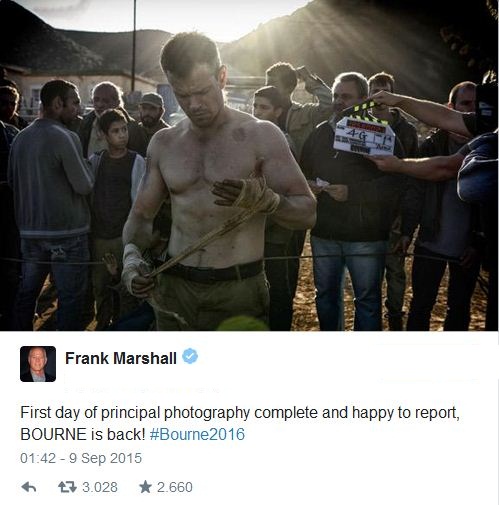

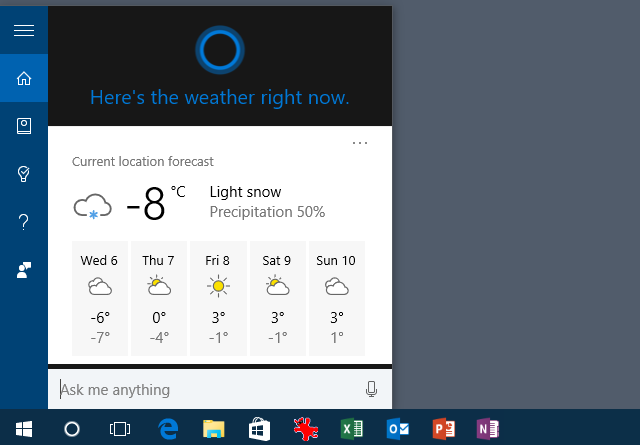
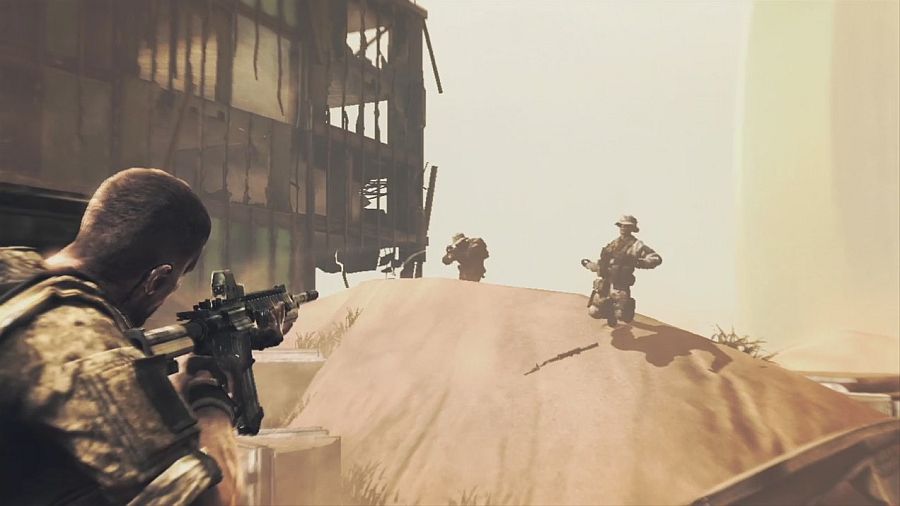
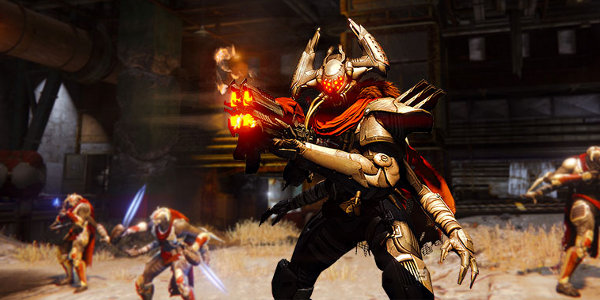 Destiny: House of Wolves Wanted Bounty Location Guide (May 26 Week): Wolf Scavenger, Queenbreaker and Ether Runner
Destiny: House of Wolves Wanted Bounty Location Guide (May 26 Week): Wolf Scavenger, Queenbreaker and Ether Runner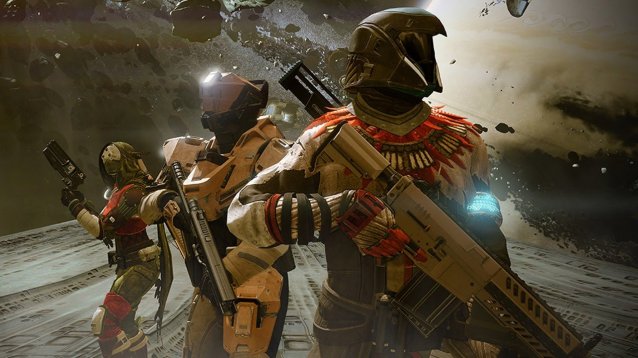 Destiny: The Taken King Guide - How to Charge an Agonarch Rune
Destiny: The Taken King Guide - How to Charge an Agonarch Rune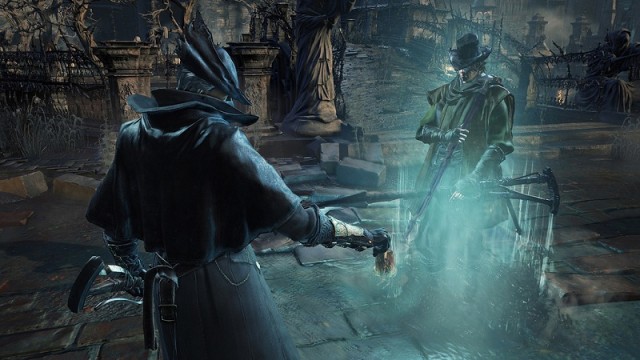 How to Get the Gatling Gun in Bloodborne: The Old Hunters Guide
How to Get the Gatling Gun in Bloodborne: The Old Hunters Guide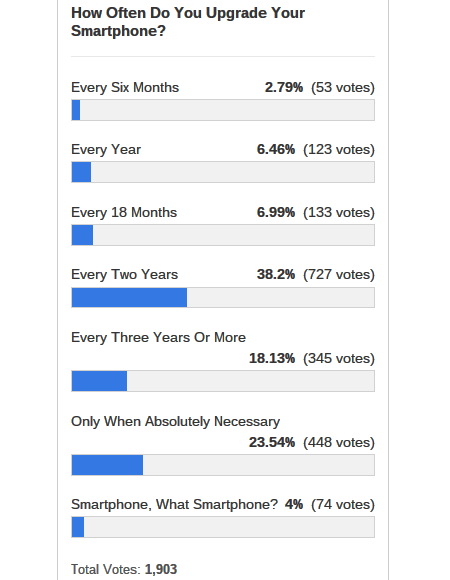 Which Games Console Do You Currently Own? [MakeUseOf Poll]
Which Games Console Do You Currently Own? [MakeUseOf Poll] Pokemon ORAS Tip: Get a 100% encounter rate for Feebas at this location
Pokemon ORAS Tip: Get a 100% encounter rate for Feebas at this location